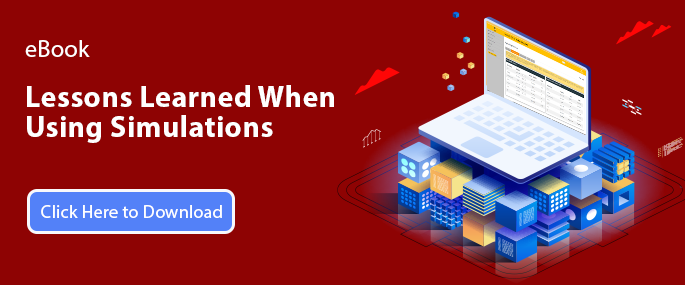“What’s in a name? A rose by any other name would smell as sweet”
In William Shakespeare’s play Romeo and Juliet, Juliet argues that it does not matter that her partner Romeo is from her family’s enemy house of Montague and that his last name is Montague. Her point is that It’s just a name and the name shouldn’t impact their desire to be together. Unfortunately for Romeo and Juliet it really did matter and as we all know, things didn’t end up so well for them.
Romeo is from her family’s enemy house of Montague and that his last name is Montague. Her point is that It’s just a name and the name shouldn’t impact their desire to be together. Unfortunately for Romeo and Juliet it really did matter and as we all know, things didn’t end up so well for them.
In today’s evolving world of Talent Development, the disruption of going digital continues to change the way people learn and apply new skills. The term “gamification” unfortunately remains a significant part of the training and development lexicon and let’s be honest, too many companies push the concept of gamification because they believe Millennials and Gen Xers will buy into a learning process that is hip, cool, and “gamified”. I happen to believe that is a ridiculous argument and using the term gamification as a tool to sell training is bad business. Great content, great experiences, and great methodologies of learning are what’s important, not the name you call it.
For example, one of the ways pharmaceutical companies are educating physicians on the impact of their medications on patients is through virtual reality “games” where the doctors are “playing” through procedures and “experiencing” via the VR the impact of the medicines on the health outcomes. They are scored based on the effectiveness and best practices of the patient protocol. In this example, although the use of gamification is used, it is an incredible and impactful learning experience.
Business Simulations or Business Games?
The origins of business simulation can be traced back to the late 1970s as across many campuses business school professors saw experiential learning as a great alternative to classroom learning. At around the same time, there was another more commercial type of consumer business simulation movement that created and sold “Tycoon” and “Economic” types games that had mass-market appeal. I believe this divergence of approaches – college-based business simulations vs. mass-market Tycoon-types of consumer games was the impetus behind the confusion that still exists today. Unfortunately, some corporate decision-makers may not understand the differences and that can lead to the wrong simulations being used for the wrong training needs.
Imagine an NFL team using EA’s Madden Football as a training simulation to teach professional football players how to read defenses or how to call a blitz based on the reading of an offensive formation. You can’t use a game for professionals! I believe the same analogy must be used in the corporate world of training and development.
5 Things to Look for in a Professional Business Simulation
If you are in the market for a Business Simulation to become part of a learning experience, here are five quick things to look for when making your decision:
The complexity of the Demand Model
Sophisticated and valuable business simulations are based on complex and realistic demand models. A sophisticated demand model should be able to allocate decisions to purchase based on at least 5 key factors including price, marketing, sales approach, R&D, and supply chain management.
Setting and Executing Real Business Strategies across the Enterprise
Impactful business simulations will enable learners to set and execute different types of strategies across the enterprise through realistic operational decisions in the areas of marketing, sales, manufacturing, human resources, and finance.
Seeing and Experiencing Short-term vs. Long-term
One of the most valuable aspects of a business simulation experience is the chance for participants to see and experience the impact of their decisions in both the short-term and long-term so they can take those learning and apply them to real decision making.
Realistic Metrics of Performance
Simple business simulation games inevitably will focus on the wrong success drivers and from what I’ve seen, those wrong success drivers aren’t realistic or connected to the rest of the simulation. A well-designed business simulation will provide learners with real data on revenue, profit, market capitalization, return on assets, return on equity, and total shareholder return.
Consistency of Supporting Skill Building Materials
A game will ignore the critical learning elements that are needed to run the simulation. Sophisticated simulation integrates learning content in the areas of strategy, financial management, marketing, and the creation of shareholder value. The integrated content can be virtual, eLearning-based, or part of a classroom experience.




